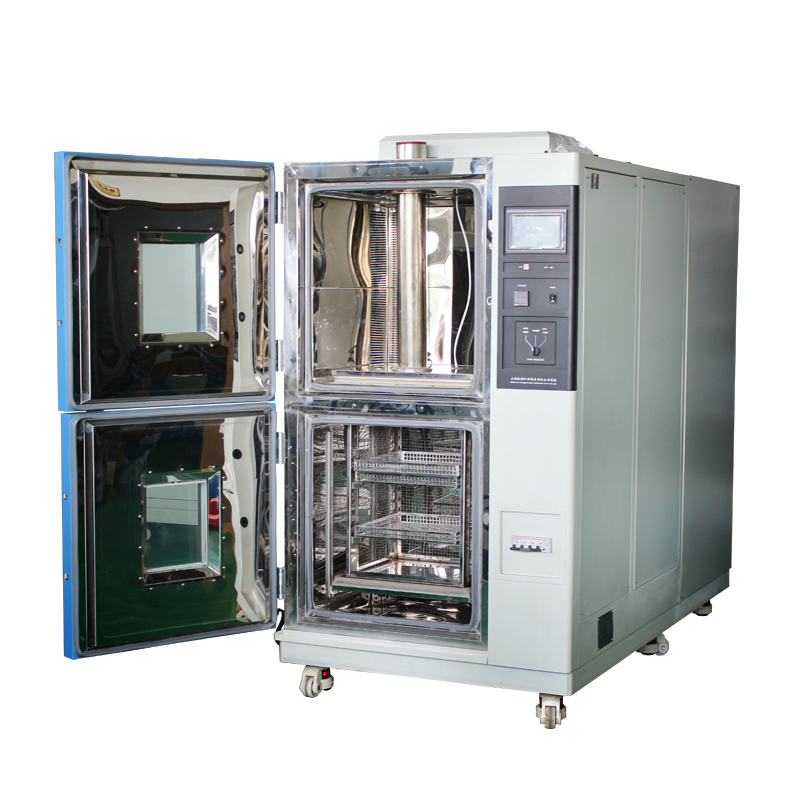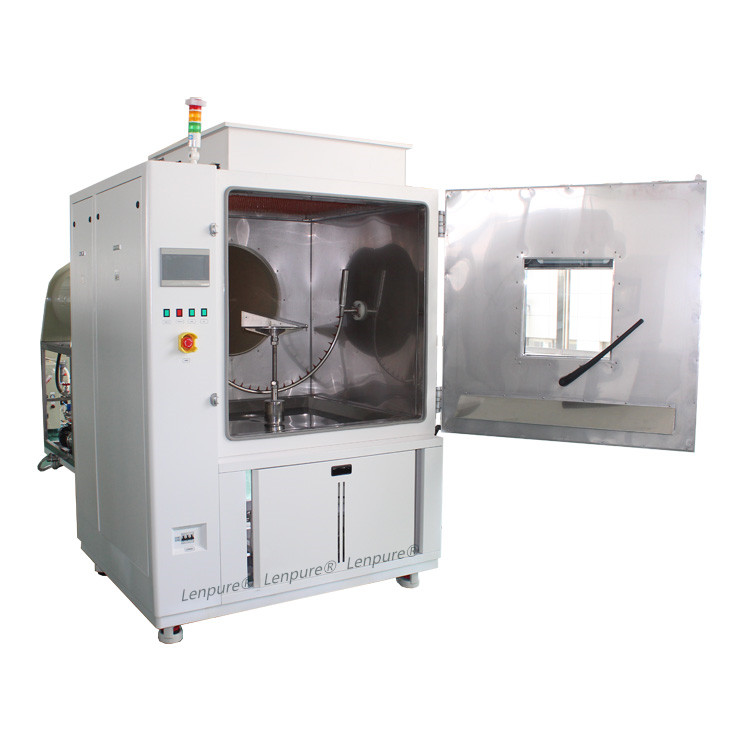Thermal Shock Test Chamber Overview
Author:LINPIN Update Time:2025-03-20 Source:LINPINWhat is a Thermal Shock Test Chamber?
A thermal shock test chamber is a device used to test electronic and electrical components, automotive parts, communication modules, metals, chemical materials, plastics, aerospace components, military hardware, BGA (ball grid array), PCB (printed circuit board) substrates, electronic chips (IC), semiconductors, ceramics, and other products across various industries.
Function
The thermal shock test chamber is primarily designed for temperature shock testing. Its key feature is rapid temperature transition to simulate extreme thermal impacts on products. It evaluates a product's ability to withstand sudden shifts between extremely high and low temperatures, testing for chemical or physical damage caused by thermal expansion and contraction to ensure product quality.

Performance Characteristics
The chamber specializes in rapid temperature transitions, such as switching from 150°C to -65°C in under 10 seconds, with a recovery time of less than 5 minutes.
Key Components of a Thermal Shock Test Chamber
- Compressor: Compresses low-temperature, low-pressure refrigerant gas into high-temperature, high-pressure gaseous refrigerant.
- Chamber Body: Constructed from SUS304 high-grade corrosion-resistant stainless steel plates, featuring a robust design, precision manufacturing, and an aesthetically smooth interior.
- Insulation Material: Combines rigid polyurethane foam and fiberglass for optimal thermal retention.
- Air Conditioning System: Equipped with an adjustable airflow system at the rear of the chamber for precise environmental control.
- Internal Air Circulation: Forces air circulation through a high-power centrifugal fan and advanced stainless steel fan blades, ensuring uniform temperature and humidity distribution.
- Sealing Materials: Utilizes a unique sealing structure for reliable, long-lasting airtightness resistant to aging.
- Throttling Mechanism (Capillary Tube or Expansion Valve): Converts room-temperature, high-pressure liquid refrigerant into a low-temperature, low-pressure gas-liquid mixture via restriction.
- Electrical Cabinet: Includes safety features such as door locks, control switches, fuses, thermal-magnetic switches, and motor overload protection. Power circuit units comply with EN standards.
- Evaporator: Uses evaporation principles to convert throttled refrigerant into low-temperature, low-pressure gas, which returns to the compressor.
- Oil Separator: A protective accessory that separates lubricating oil from the refrigerant, directly returning it to the compressor to maintain lubrication efficiency and prevent oil from entering heat exchangers (condenser/evaporator).
- Additional Accessories: Includes solenoid valves, gas-liquid separators, dry filters, and other critical components.





